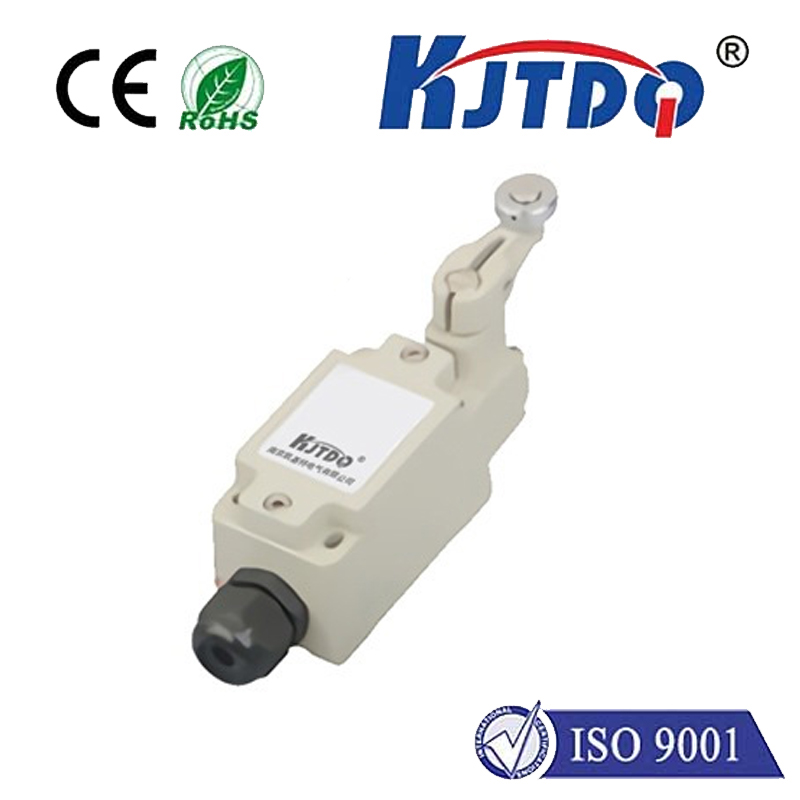

check

check

check

check
BI1-Q6.5-AN6: A Deep Dive into the Role of Biometric Identification in Modern Security Systems
In today’s rapidly evolving technological landscape, the integration of biometric identification has revolutionized the way security systems operate. The acronym BI1-Q6.5-AN6 refers to a specific application of biometric technology, often used in security and access control systems. This article explores the significance of biometric identification, its applications, and the challenges it presents in modern security environments.
Biometric identification is based on unique physical or behavioral characteristics of individuals, such as fingerprints, facial recognition, and vocal patterns. These characteristics are naturally unique and cannot be altered by the individual, making them ideal for secure authentication. In the context of BI1-Q6.5-AN6, this technology is employed to ensure that only authorized personnel can access restricted areas or sensitive data.

One of the most notable applications of BI1-Q6.5-AN6 is in access control systems. Traditional key-based or card-based systems are vulnerable to theft or misuse, whereas biometric systems provide a more secure and reliable alternative. For example, in corporate environments, employees can be granted access to specific areas based on their biometric data, reducing the risk of unauthorized entry. This not only enhances security but also streamlines the access process, minimizing the time required for verification.
Another critical area where BI1-Q6.5-AN6 is applied is in access control for high-security facilities, such as government agencies, research institutions, and financial institutions. These environments require stringent security measures, and biometric identification serves as a robust solution. Unlike traditional methods that rely on passwords or tokens, biometric systems offer a level of convenience and security that is difficult to replicate.
Despite its advantages, the implementation of BI1-Q6.5-AN6 is not without challenges. One of the primary concerns is privacy. The collection and storage of biometric data raise ethical and legal questions, particularly regarding data protection and consent. Ensuring that this data is stored securely and used only for intended purposes is crucial to maintaining public trust.
Additionally, the accuracy and reliability of biometric systems can be affected by factors such as environmental conditions, movement, and user behavior. For instance, facial recognition systems may struggle with lighting changes or facial expressions, leading to false positives or negatives. Continuous improvements in technology and algorithms are necessary to address these issues and enhance the overall performance of biometric systems.
In summary, BI1-Q6.5-AN6 represents a significant advancement in the field of security technology. By leveraging the unique characteristics of individuals, it offers a more secure and efficient method of access control. As technology continues to evolve, the role of biometric identification in modern security systems will only become more vital. The future of security lies in the integration of advanced biometric technologies that balance security, convenience, and privacy.









